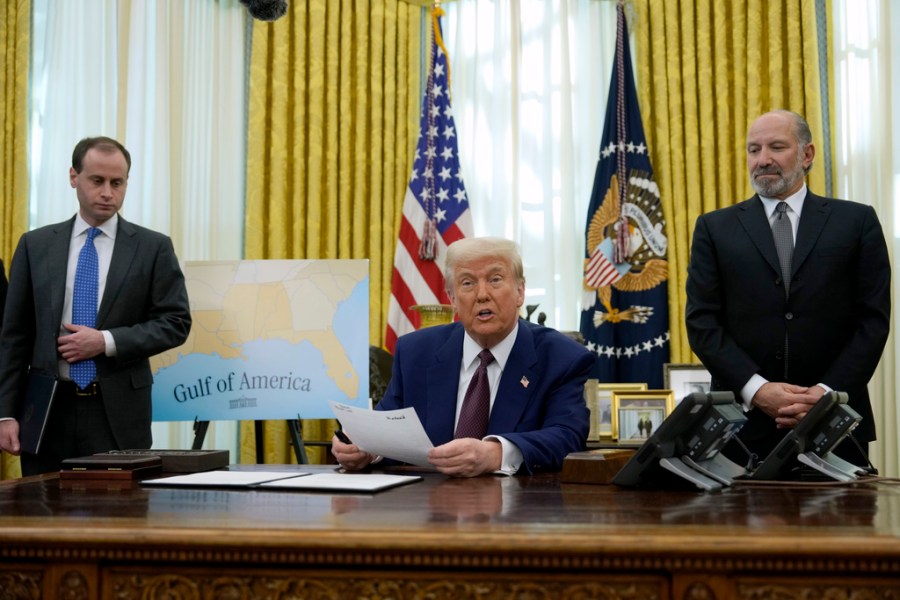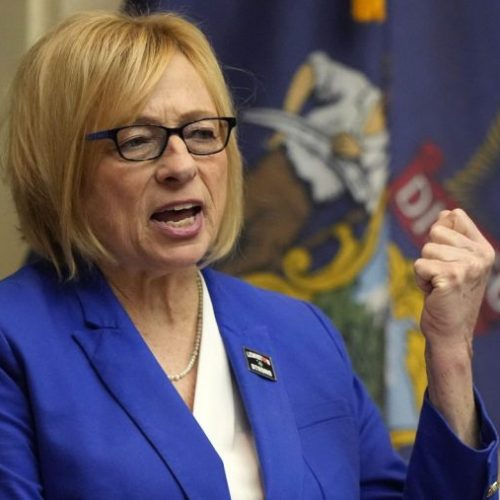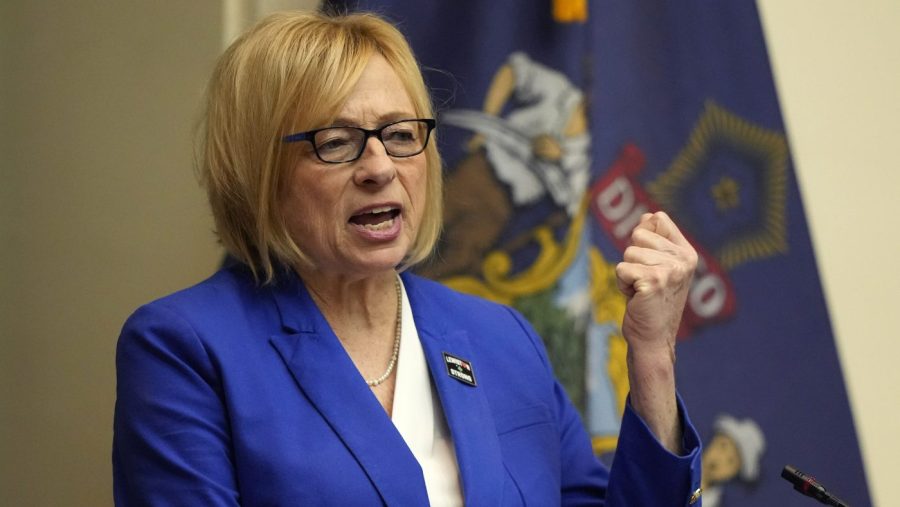President Trump’s Early Actions and Democratic Response: A Balanced Analysis
President Donald Trump’s second term has begun with a flurry of executive actions, many of which align closely with the conservative policy blueprint known as Project 2025. This has sparked debate about the administration’s priorities and the Democratic Party’s response strategy. Here’s an overview of the key developments and their potential impacts:
Trump’s Executive Actions
In his first days in office, President Trump has signed numerous executive orders that mirror proposals from Project 2025, a policy agenda created by the Heritage Foundation. These actions cover a wide range of issues:
Immigration: Suspending the U.S. Refugee Admissions Program and deploying National Guard troops to the southern border.
Environmental policy: Withdrawing from the Paris Climate Agreement and promoting oil drilling in Alaska.
Cultural issues: Reversing protections for transgender individuals in the military and dismantling diversity, equity, and inclusion (DEI) initiatives in the federal government.
Foreign relations: Withdrawing from the World Health Organization and reevaluating foreign aid disbursement.
Democratic Response
The Democratic Party’s reaction to these early moves has been mixed, with some calling for aggressive opposition while others advocate for a more nuanced approach:
Immediate pushback: Democratic leaders have criticized Trump’s actions, particularly those related to immigration and climate change. For example, attorneys general from 22 states have sued to block the order to end birthright citizenship.
Strategic compromise: Some voices within the party suggest engaging with Trump on certain issues where he holds popular positions, such as border security, while opposing more controversial measures.
Focus on messaging: The Democratic National Committee (DNC) has emphasized Trump’s perceived prioritization of wealthy interests over working Americans.
Analysis and Potential Impacts
Political landscape: Trump’s early actions signal a clear return to many of his first-term priorities, potentially energizing his base but also galvanizing opposition.
Legal challenges: Many of Trump’s executive orders are likely to face court challenges, which could delay or prevent their implementation.
International relations: The withdrawal from international agreements like the Paris Climate Accord and the WHO could affect U.S. global leadership and relationships with allies.
Economic implications: Trump’s focus on deregulation and energy production may have significant effects on various industries and the overall economy.
Why It’s Important
This early period of Trump’s second term sets the tone for his administration’s priorities and approach to governance. It also presents a crucial moment for the Democratic Party to define its opposition strategy and messaging for the next four years. The alignment between Trump’s actions and Project 2025 raises questions about the influence of conservative think tanks on policy-making and the extent to which campaign rhetoric translates into governing strategy.
Background
Project 2025 is a 900-page policy blueprint created by the Heritage Foundation, outlining a conservative vision for reshaping the federal government. During his campaign, Trump distanced himself from the project, but his early actions suggest a closer alignment than previously indicated. The Democratic Party, still reeling from its 2024 election loss, is grappling with how to effectively counter Trump’s agenda while also addressing internal debates about its own direction and messaging.
Multiple Perspectives
Conservative view: Supporters of Trump’s actions argue that he is fulfilling campaign promises and implementing necessary reforms to reduce government overreach and protect American interests.
Liberal view: Critics contend that Trump’s executive orders represent an overreach of executive power and threaten progress on issues like climate change, civil rights, and international cooperation.
Centrist view: Some analysts suggest that Democrats should choose their battles carefully, opposing Trump on key issues while seeking compromise where possible to avoid appearing obstructionist.
In conclusion, President Trump’s early actions have set a clear direction for his second term, closely aligning with conservative policy goals. The Democratic Party’s response to these moves will be crucial in shaping the political landscape for the coming years. As the situation continues to evolve, it will be important to monitor both the implementation and impact of these executive orders, as well as the effectiveness of the opposition’s strategy.









